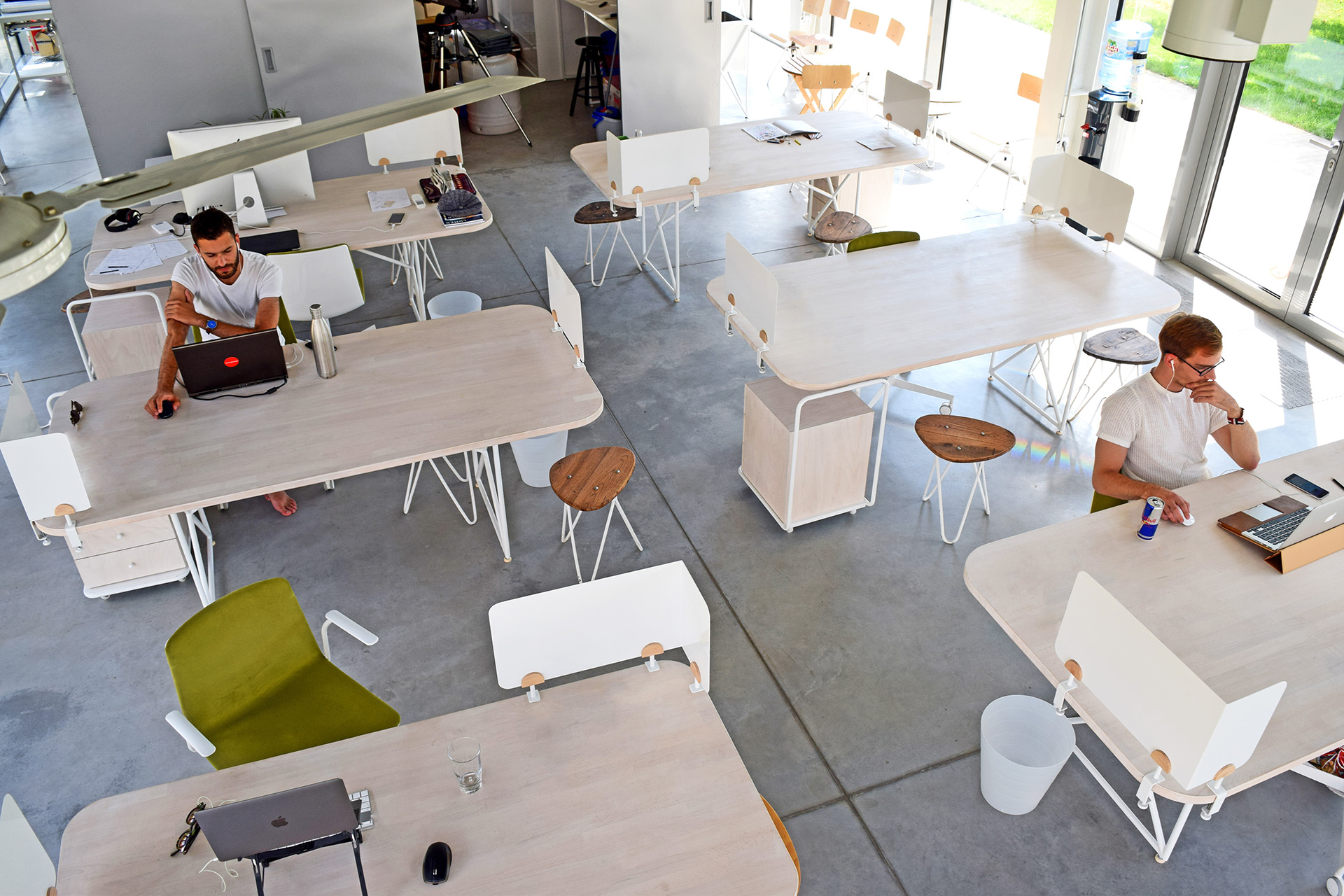In recent years, co-working spaces have transformed from niche havens for freelancers to mainstream hubs for professionals of all kinds. This shift reflects broader changes in the workplace, including increased flexibility, technological advancements, and a focus on community and collaboration. As businesses and workers continue to adapt to these trends, co-working spaces offer a compelling alternative to traditional offices. This article explores the benefits of co-working spaces, the variety of services they offer, and their impact on work culture.

The Evolution of Co-Working Spaces
The concept of co-working originated in the early 2000s when the first spaces were created to provide freelancers and entrepreneurs with a communal place to work. These early adopters sought more than just a desk; they wanted a community and an environment that fostered creativity and networking. Over time, co-workings have evolved to meet the needs of a diverse range of professionals, including remote employees, small business teams, and even corporate entities.
The growth of co-working spaces can be attributed to several factors. Firstly, the rise of remote work and digital nomadism has increased demand for flexible working environments. Secondly, companies are increasingly recognizing the benefits of decentralizing their workforces, allowing employees to work from locations that suit them best. Lastly, co-working space offers cost-effective solutions for businesses looking to reduce overhead expenses associated with maintaining a traditional office.
Benefits of Co-Working Spaces
Co-working spaces offer numerous advantages for individuals and businesses alike. Here are some key benefits:
- Flexibility: Co-working space provide flexible membership options, allowing users to choose from daily passes, monthly memberships, or long-term leases. This flexibility is particularly beneficial for freelancers and startups that may not want to commit to a long-term office lease.
- Networking Opportunities: These spaces bring together professionals from various industries, fostering networking and collaboration. Many co-workings host events, workshops, and social gatherings, providing ample opportunities to meet potential clients, partners, or collaborators.
- Cost-Effective: Renting a co-working space is often more affordable than leasing a traditional office, especially in prime locations. Additionally, co-workings typically include amenities such as high-speed internet, office equipment, and communal areas, reducing the need for businesses to invest in these resources.
- Productivity: Co-working spaces are designed to enhance productivity with ergonomic furniture, quiet zones, and vibrant community areas. The dynamic environment can also help combat the isolation often experienced by remote workers.
- Amenities and Services: Many co-workings offer a range of amenities, including conference rooms, event spaces, kitchens, and even fitness centers. Some also provide additional services such as mail handling, reception support, and IT services.
Types of Co-Working Spaces
As the demand for co-workings has grown, so too has the variety of options available. Here are some common types of co-working spaces:
- Open Workspaces: These are the most common type of co-workings, featuring large, open areas with shared desks and communal areas. They are ideal for freelancers and small teams who thrive in a collaborative environment.
- Private Offices: For those who require more privacy, many co-workings offer private offices. These enclosed spaces provide a quiet and secure environment while still granting access to the broader community and amenities.
- Industry-Specific Spaces: Some co-workings cater to specific industries or niches. For example, there are co-working spaces designed for tech startups, creative professionals, or health and wellness practitioners. These specialized environments often include industry-specific equipment and resources.
- Hybrid Spaces: Hybrid co-working spaces combine elements of traditional offices with the flexibility of co-working environments. They often include private offices, open workspaces, and shared amenities, appealing to a wide range of users.
- Virtual Co-Working Space: With the rise of remote work, virtual co-working spaces have emerged. These platforms provide digital tools and resources to create a sense of community and collaboration for remote teams.

Location and Parking Details
When choosing a co-working space, location is a crucial factor. It impacts not only your daily commute but also the overall accessibility for clients and team members. Many co-workings are strategically located in business districts, trendy neighborhoods, or near public transportation hubs. This convenience can enhance your work-life balance and make it easier to attend meetings and events.Parking is another important consideration. Depending on the location, you can find various types of parking arrangements. Some co-workings offer on-site parking, which can be free or paid. Others may provide access to nearby parking lots or garages. Additionally, in urban areas, street parking or access to public transportation may be more practical. For those who bike or use electric scooters, many co-workings offer bike racks or charging stations. It’s essential to check the location and parking details of a co-working space before committing to ensure it meets your needs.
The Impact on Work Culture
Co-working spaces are reshaping work culture by promoting a sense of community and collaboration. Unlike traditional offices, where interactions are often limited to team members or departments, co-working space encourage cross-industry networking and knowledge sharing. This can lead to innovative ideas, partnerships, and business opportunities.
Moreover, co-working space often prioritize wellness and work-life balance. Many offer wellness programs, fitness facilities, and relaxation areas to help members manage stress and maintain a healthy lifestyle. This holistic approach to work can boost productivity and job satisfaction.
The design of co-working space also plays a significant role in shaping work culture. Modern co-working spaces are often designed with a focus on aesthetics and functionality, creating an inspiring and comfortable environment. This can enhance creativity and make the workspace a more enjoyable place to spend time.
Future Trends in Co-Working
The future of co-working spaces looks promising, with several trends likely to shape the industry:
- Sustainability: As environmental concerns grow, co-workings are adopting sustainable practices. This includes using eco-friendly materials, implementing energy-efficient systems, and encouraging recycling.
- Technology Integration: Advanced technology is becoming increasingly integrated into co-working spaces. From smart office systems that manage lighting and temperature to AI-powered networking tools, technology is enhancing the co-working experience.
- Decentralized Workspaces: With the rise of remote work, there is a growing demand for decentralized co-workings. These are smaller, satellite locations spread across cities or even rural areas, providing flexibility and reducing commuting times.
- Customized Experiences: Co-working spaces are becoming more personalized, offering tailored experiences based on members’ needs and preferences. This could include custom office layouts, personalized services, and unique amenities.
- Wellness Focus: The emphasis on health and wellness is likely to continue, with more co-workings incorporating wellness programs, mental health support, and ergonomic design.
Conclusion
Co-working spaces have revolutionized the way we work, offering flexible, cost-effective, and community-oriented environments. As they continue to evolve, they are likely to become even more integral to the modern work landscape. By providing a diverse range of options and fostering a culture of collaboration and innovation, co-working space is not just a trend but a fundamental shift in how we approach work. Whether you’re a freelancer, a startup, or a large corporation, co-working space can offer a compelling alternative to traditional offices, shaping the future of work for the better.
